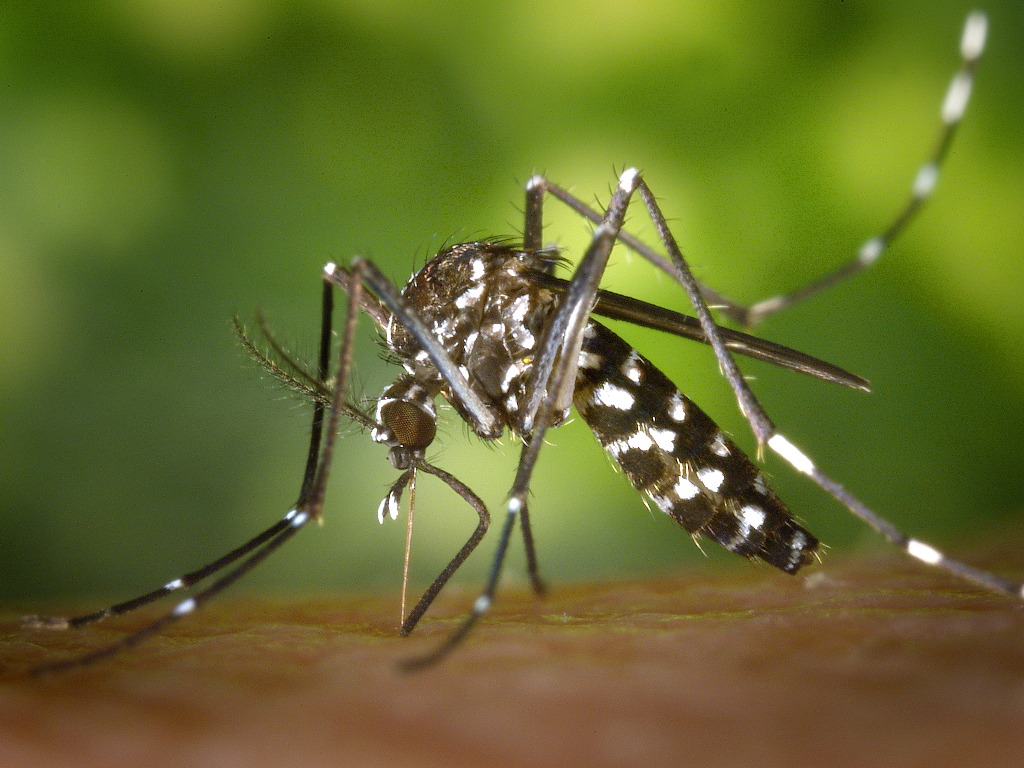The Problem
Mosquito-transmitted viruses such as West Nile virus and eastern equine encephalitis virus present a significant threat to people and livestock in Indiana and around the world.
The risk is amplified as climate change pushes historically tropical mosquito species northward. For example, the Asian Tiger Mosquito (Aedes albopictus) has spread into parts of the Midwest where it previously did not exist, bringing with it new disease risks.



